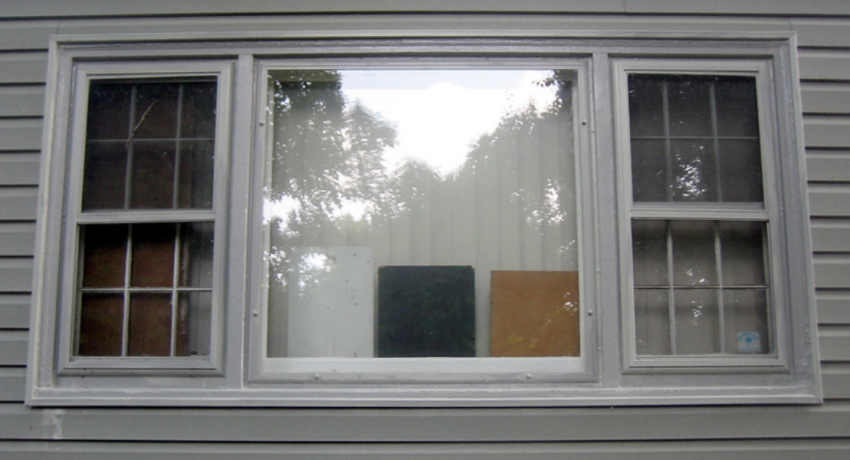Introduction: Understanding the Importance of Energy Efficiency in Sash Windows
Because of their beauty and elegance, sash windows grace most structures worldwide, from buildings to homes. Sash window repairs and refurbishment like sash windows double glazing, can also be a tool for conserving energy, and when energy efficiency is the norm, sash windows become more critical. You can combine aesthetics and efficiency to maximize sash windows for that effect.
Homeowners must gain a deeper understanding of sash windows’ vital role in energy efficiency, even as they try to preserve the elegance they bring to their home and the comfort they provide for the family.
Join us as we uncover the art of sealing and maximizing energy efficiency in sash window refurbishment, where beauty meets sustainability.
Assessing the Energy Efficiency of Traditional Sash Windows
Traditional sash windows often exhibit a blend of architectural beauty and energy inefficiency. Understanding the factors influencing their energy performance is crucial in devising effective sash refurbishment strategies.
One of the primary considerations in assessing energy efficiency is the condition of the original sashes. Over time, wear and deterioration can compromise glazed windows, leading to significant energy loss.
Another aspect to consider is the design of sash windows themselves. While their classic style adds character to a period property, they can also present challenges to insulation and air infiltration. Single glazing, gaps between sashes, and lack of weather-stripping contribute to thermal inefficiency.
It’s essential to consider quantitative and qualitative indicators in assessing energy efficiency. Quantitative metrics like U-factor, Solar Heat Gain Coefficient (SHGC), and Air Leakage Rate provide measurable data on heat loss and air infiltration. Qualitative assessments involve observing drafts, condensation, and comfort levels to gauge subjective experiences.
By comprehensively evaluating these aspects, homeowners, architects, and preservationists can develop tailored solutions to enhance the energy efficiency of traditional sash windows. A wide variety of measures, from simple weather-stripping upgrades to more extensive refurbishments, informed assessments pave the way for sustainable preservation practices while honoring the heritage and charm of a traditional property.
Common Causes of Energy Loss in Sash Windows
- Drafts and Air Leakage
- Single-pane Glazing
- Poorly Fitting Sashes
- Inadequate Weather Stripping
- Lack of Insulation
- Condensation Issue
Strategies for Draught Proofing and Insulating Sash Windows
Sash window repairs are essential to improving energy efficiency and enhancing comfort within homes and buildings. Here are some effective strategies to achieve this:
- Weather Stripping: Installing high-quality weather-stripping materials around the perimeter of the sashes and frames helps create a tight seal, preventing drafts and air infiltration.
- Caulking and Sealants: Applying caulking or sealants like silicone or latex based ones to seal gaps and cracks between the window frame.
- Insulated Window Treatments: Adding insulating window treatments such as thermal curtains or cellular shades helps reduce heat transfer through the glass, improving energy efficiency.
- Draught Excluders: Installing draught excluders along the bottom rail of the lower sash helps block cold air from entering the room.
- Secondary Glazing: Adding a secondary glazing panel to existing sash windows provides an extra layer of insulation and soundproofing.
- Double-Glazing Retrofit: Retrofitting sash windows double glazing can significantly enhance insulation and reduce heat loss.
- Insulating Window Film: Applying insulating window film to the glass surface helps improve thermal efficiency by reducing heat transfer.
Selecting the Right Materials for Draught Proofing and Refurbishment
- Weather-Stripping: Options include foam, rubber, or felt strips, which should be resistant to weathering and capable of accommodating the movement of the windows without compromising the seal.
- Caulking and Sealants Many choose silicone, acrylic, or latex-based sealants for their durability, flexibility, and weather resistance.
- Insulating Window Treatments: Choose insulating window treatments such as thermal curtains or cellular shades made from energy-efficient materials like thermal fabrics or honeycomb structures.
- Draught Excluders: Look for draught excluders made of durable materials such as foam, rubber, or brush strips that effectively block cold air from entering through the bottom rail of the lower sash.
- Secondary Glazing Panels: Consider using lightweight, transparent materials such as acrylic or polycarbonate for secondary glazing panels.
- Double-Glazed Units: Choose double-glazed panels with low-emissivity (low-E) coatings and insulating gas fills to maximize energy efficiency while maintaining the aesthetics of the original window design.
- Insulating Window Film: A popular choice are films with advanced coatings that effectively provide UV protection and reduce heat transfer.
Techniques for Maximizing Energy Efficiency without Compromising Aesthetics
Here are strategies to achieve maximum energy efficiency without compromising aesthetics:
Retrofitting with Double-Glazed Units
Doing sash window repairs by double glazing significantly improves insulation without altering their appearance.
Utilizing Low-E Coatings
Incorporate low-emissivity (low-E) coatings on double-glazed units to minimize heat transfer while allowing ample natural light transmission.
Secondary Glazing
Choose transparent materials such as acrylic or polycarbonate that blend seamlessly with the original windows, or even a UPVC window, preserving their architectural character.
Customized Weather Stripping
Employ customized weather-stripping solutions tailored to the unique profile of sash windows to ensure a tight seal against drafts and air infiltration. Choose weather-stripping materials that complement the window’s aesthetic while improving energy efficiency.
Draught-Proofing Techniques
Implement draught-proofing techniques such as installing brush strips or compression seals along the meeting rails and perimeter of sash windows to eliminate air leakage without detracting from their visual appeal. Choose finishes that seamlessly blend with the window frame for a cohesive look.

